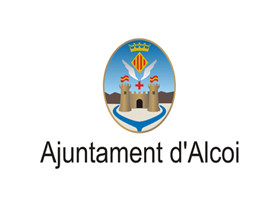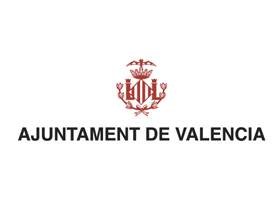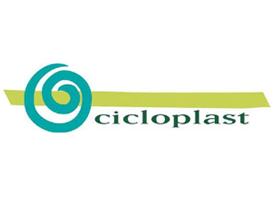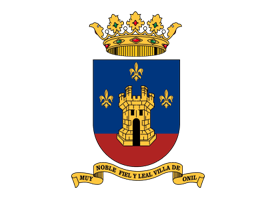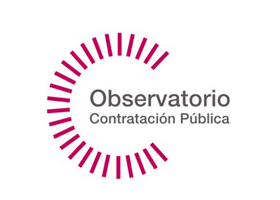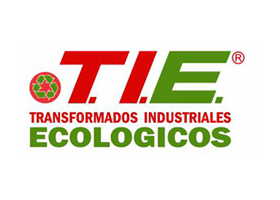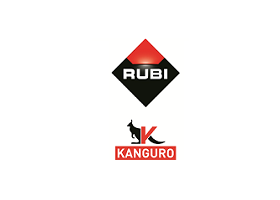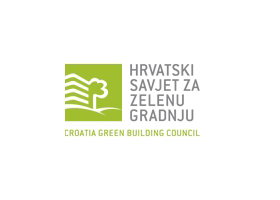In this section, you can access to the latest technical information related to the FUTURE project topic.
Imagine hopping in an electric air taxi on a heliport atop your New York office and traveling 14 miles away to John F. Kennedy International Airport in just six minutes to catch a flight to Philadelphia for a meeting. Or, even better, skipping the commercial flight altogether and taking a 27-minute air taxi directly to your Philadelphia destination. That?s the goal of Lilium, an aviation company based in Munich.
Founded in 2015, Lilium has designed and prototyped the Lilium Jet, a five-seat, electric vertical take-off and landing (eVOTL) aircraft the company hopes will be fully operational in cities worldwide by 2025. Lilium is just one of dozens of companies working on aircraft for the budding urban air mobility (UAM) movement, from large OEMs like Boeing to small entrepreneurships and divisions of ride-hailing companies such as Uber Elevate.
?Urban air mobility is the use of low-altitude air space in, around and between cities for the movement of people and goods,? says Jonathan Hartman, disruptive technology lead with Sikorsky Innovations, part of Lockheed Martin. ?It?s about adding a new dimension to the existing multimodal mobility networks that we already have.?
Urban air mobility may still seem like fodder for futuristic sci-fi movies, but it?s very much a tangible business in the here-and-now. As of September 2018, more than $1 billion had been invested in UAM, according to an urban air mobility market study conducted for NASA by the information technology consulting firm Booz Allen Hamilton.
?UAM will take the aviation industry and make it accessible to private citizens on a daily basis,? says Andrea Shestopalov, unmanned traffic management program manager for AiRXOS, part of GE Aviation. ?The time is now for people to start getting in the game because there?s a tremendous opportunity to provide value.?
That opportunity extends to composites suppliers and manufacturers. ?To make a vehicle that?s sustainable and feasible in this space, it?s going to have to be very light and very strong,? says Shestopalov. ?And that?s where the composites industry can come in and be the only game in town.?
Engineers work on the prototype Lilium Jet, an all-electric tilt jet aircraft with 36 engines mounted on its flaps. Photo Credit: Lilium
Opportunities for UAM
The concept behind urban air mobility isn?t new. ?It?s a new term for a mission that has been executed for the last four or five decades by companies, including Sikorsky,? says Hartman. ?Helicopters serve this mission today.? Traditional rotor-blade helicopters have been used in cities for functions such as critical care medical transport and media reporting on traffic, but they haven?t transformed into a ubiquitous mode of transport. Experts agree that?s poised to change, thanks to two key enabling technologies.

» Author: Susan Keen Flynn
» Publication Date: 06/05/2020
» More Information
« Go to Technological Watch
